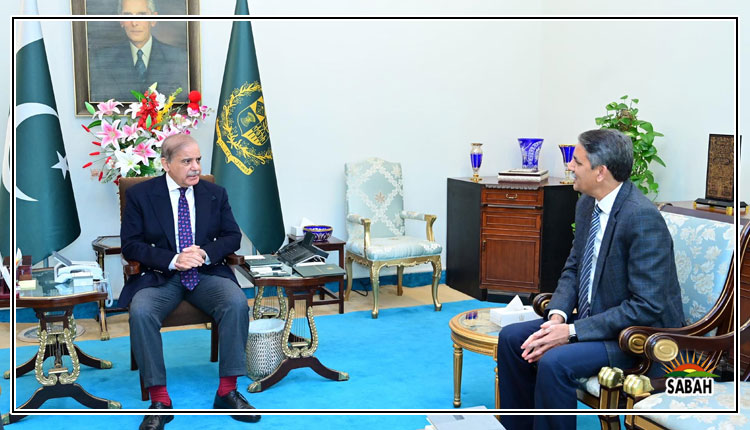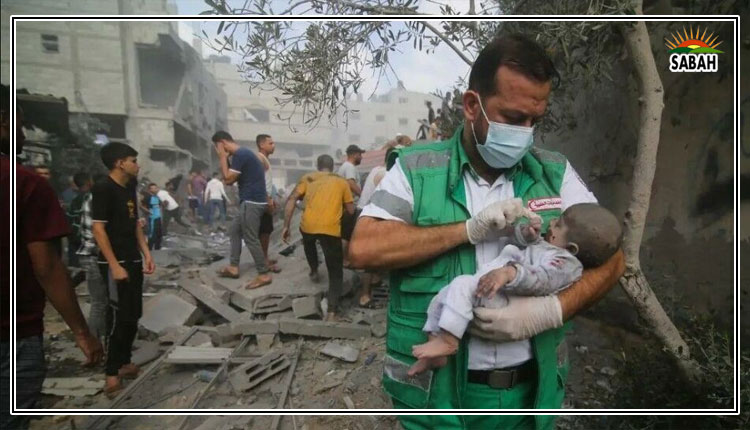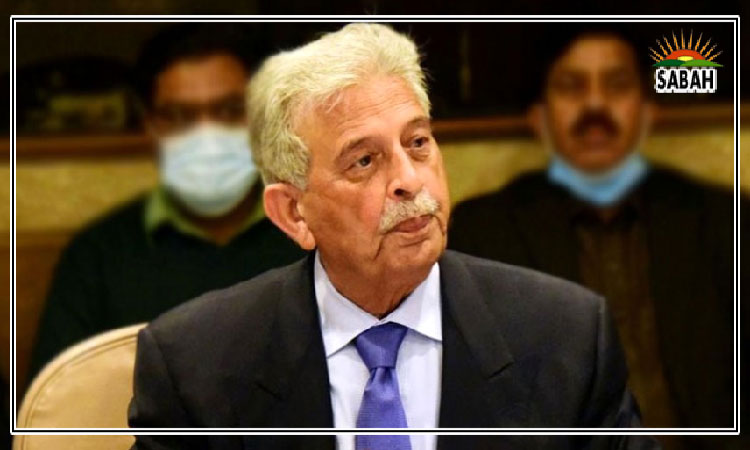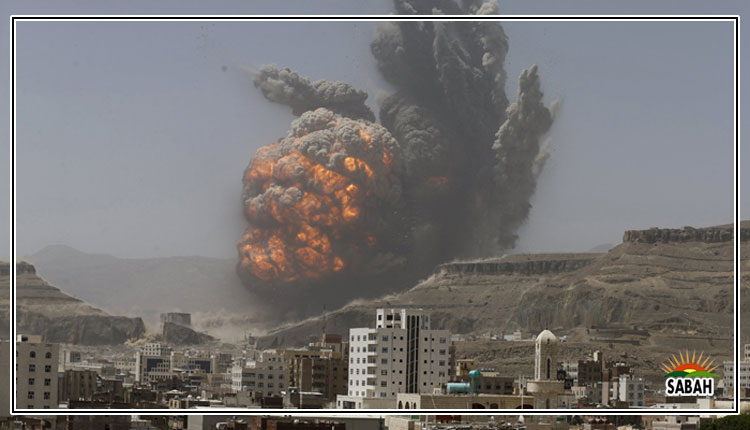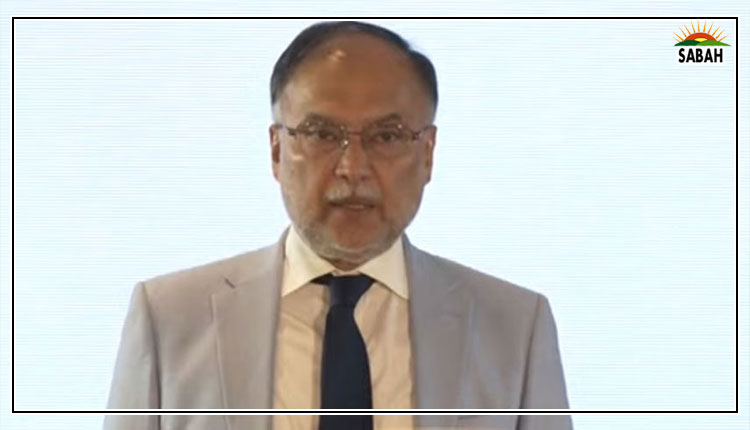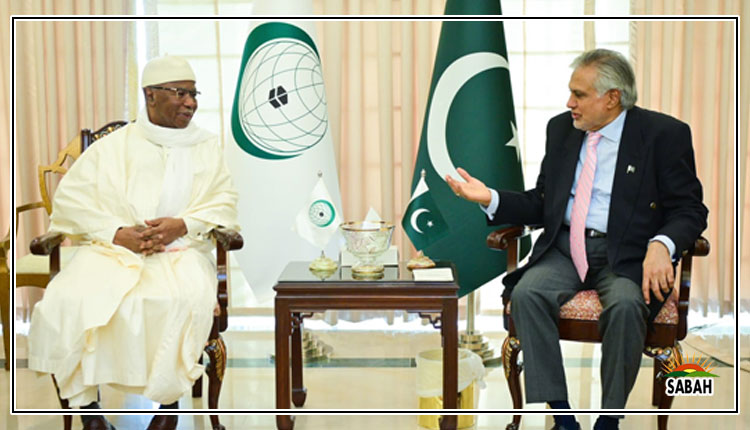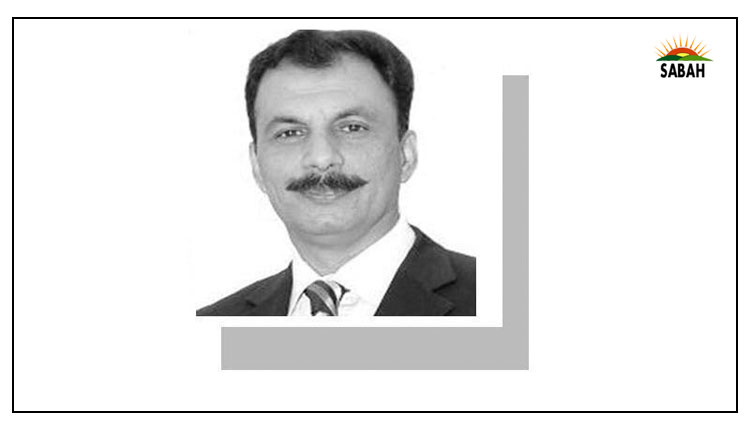Al Shabaab threat…Mohammad Ali Babakhel
AL SHABAAB (the youth) is Al Qaedas subsidiary in East Africa. It is active in much of southern Somalia and a few pockets in Kenya and Ethiopia. Since 2007, Al Shabaab has been fighting the Somali government and the African Union Transition Mission in Somalia. It is believed to be responsible for a surge in attacks since the 2022 re-election of Somali President Hassan Sheikh Mohamud, who has declared an all-out war on Al-Shabaab.
Al-Itihad al-Islami, Al-Shabaabs predecessor, was the incubator for many of its leaders. A younger, hard-line group later split from the elder AIAI, wanting to establish a Greater Somalia ruled under the Sharia. This younger group joined forces with the Islamic Courts Union. In 2006, US-backed Ethiopian forces invaded Somalia and pushed the ICU out of the capital. The majority of ICU fighters fled to neighbouring countries, but others retreated southwards, re-emerging later as a guerrilla group against the Ethiopian forces and seizing territory in central and southern Somalia. By 2008, Al Shabaab had grown from a small-sized group to an organisation of about 9,000.
Al Shabaab developed ties with Al Qaeda in 2008, but formally pledged allegiance in 2012. Onwards, it carried out a few high-profile violent attacks in Somalias neighbouring countries, including the September 2013 Westgate Mall attacks in Nairobi, in which 68 people were killed, and the Garissa University attack in April 2015, resulting in 148 deaths. In October 2017, Al Shabaab carried out another deadly truck attack on the busiest intersection of Mogadishu, resulting in 587 deaths. Owing to its capability for lethal attacks, it has been described by the media as the deadliest terror group in Africa.
Al Shabaab dreams of a fundamentalist Islamic state which would include Somalia, Djibouti, Kenya, and Ethiopia. According to its narrative, democracy is a religion for non-Muslims, hence it must be opposed and rejected. It recruits online and attracts youth from Somalia and Kenya. In 2017, the UN secretary general stated that over half of Al Shabaabs fighters may be children, reflecting the groups strategy to replace ageing fighters with younger talent. It is to Al Shabaabs benefit that the majority of fighters are ethnic Somali and from the Sunni sect, which lets it take advantage of both Somalias nationalism and religion.
The war against the militant group has dragged on for 17 years.
Its pledge of allegiance brought Al Qaeda in the Arabian Peninsula (AQAP) and Al Shabaab closer. The US became their common enemy. Proximity to Al Qaeda provided an opportunity for Al Shabaab to be trained in Afghanistan. Some master trainers moved to Somalia and trained Al Shabaab fighters. Both collaborated on matters ranging from indoctrination and basic infantry skills, to making IEDs, conducting suicide bombings, taking hostages, and assassinations. During this partnership, Al Shabaab also developed skills to use laptop explosives and car bombs.
The group collects tax on transport vehicles and constructs dispensaries in areas under its control. To prove it is environment-friendly, plastic bags have been banned. It encourages feedback from citizens by placing complaint boxes outside offices to improve administration within its controlled areas. By distributing food, banning drugs, and reducing crime, the group tries to project itself as a welfare organisation to win public trust. Listening to music or shaving beards is also prohibited in areas under its control.
Since its inception, Al Shabaab has been dependent on multiple sources of funding, which includes support from the Somali diaspora. After seizing the port city of Kismayo in 2008, the group earned a hefty amount from exports of charcoal. To dry up this source of income, the UN banned charcoal exports from Somalia in 2012. Reportedly, Al Shabaab also made its expenditure from investments in gold. According to the UN, Al Shabaab has generated up to $100 million a year from different sources, including fees levied at ports of entry, taxes on goods, checkpoint fees, and extortion.
According to the Global Terrorism Index 2022, 315 attacks that resulted in 784 deaths made Al Shabaab the second-deadliest group in the world. The deaths attributed to it in Somalia increased by 23 per cent, and the highest proportion of its attacks were directed against the military, followed by civilians. Al Shabaab was held responsible for 97pc (733 deaths) of all terror-related deaths in 2022.
The war against Al Shabaab has dragged on for 17 years. History and ground realities suggest that it cannot be defeated with kinetic options alone. The Somali government needs to explore peaceful options, including negotiations; but the real question is whether Al Shabaab is interested in talks.
Courtesy Dawn



